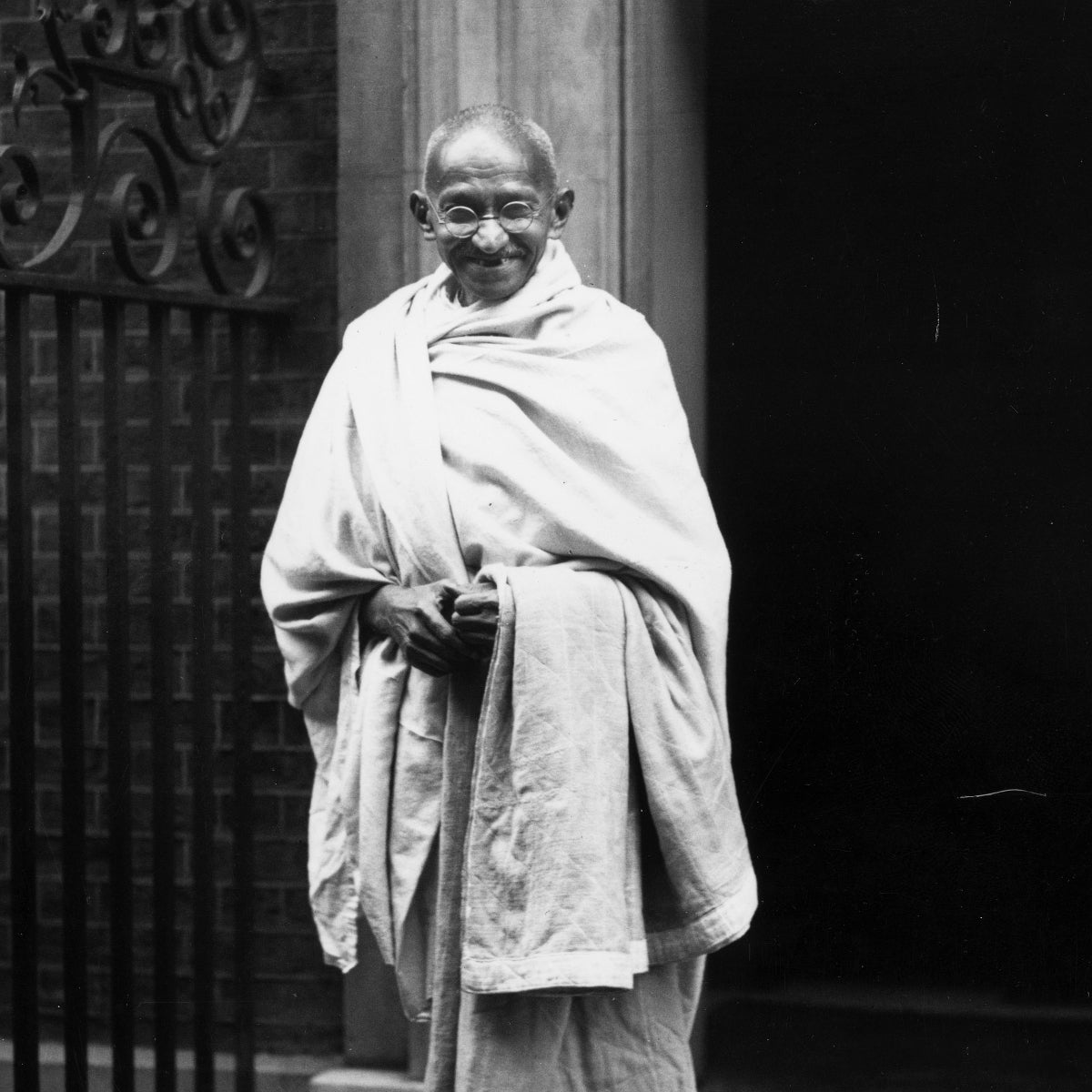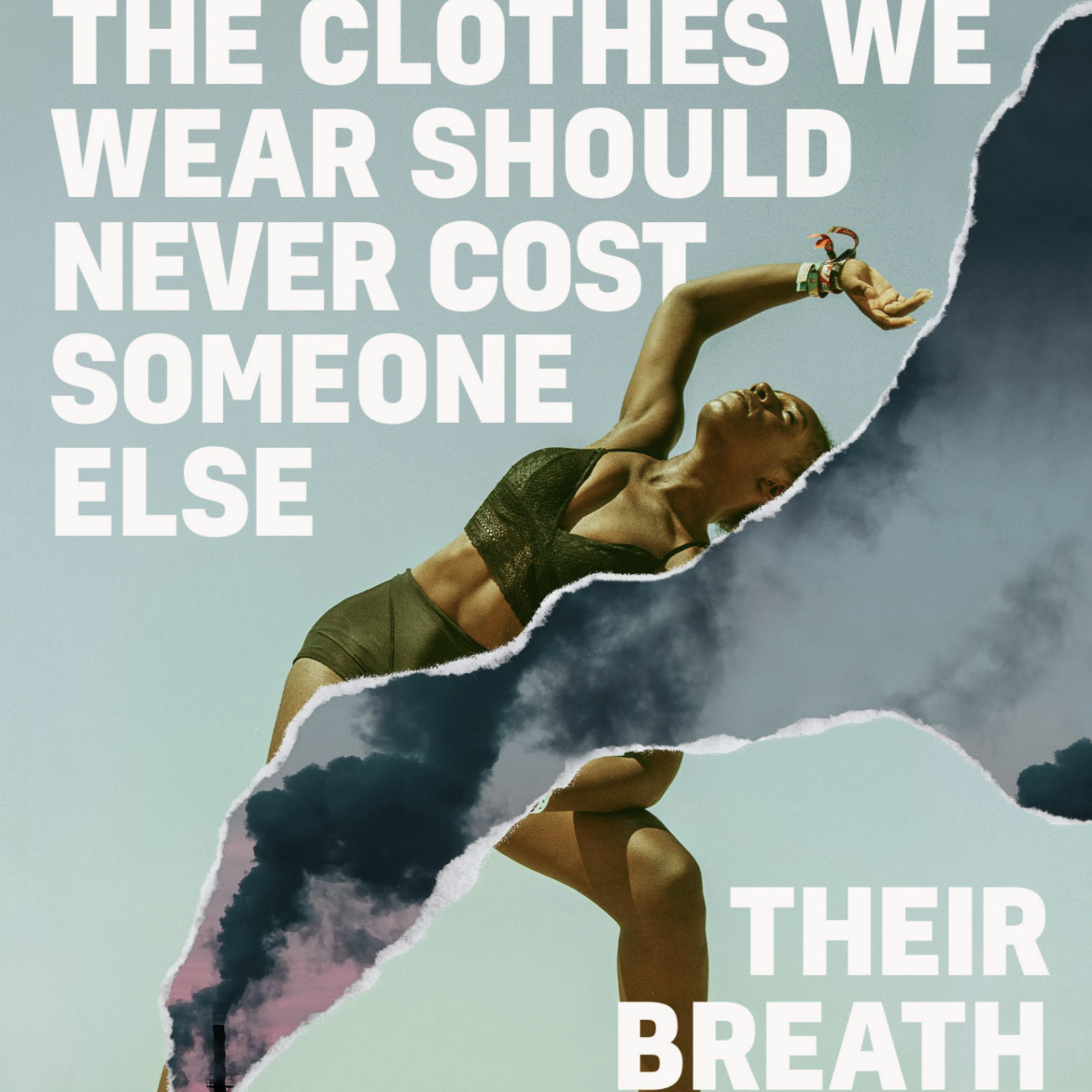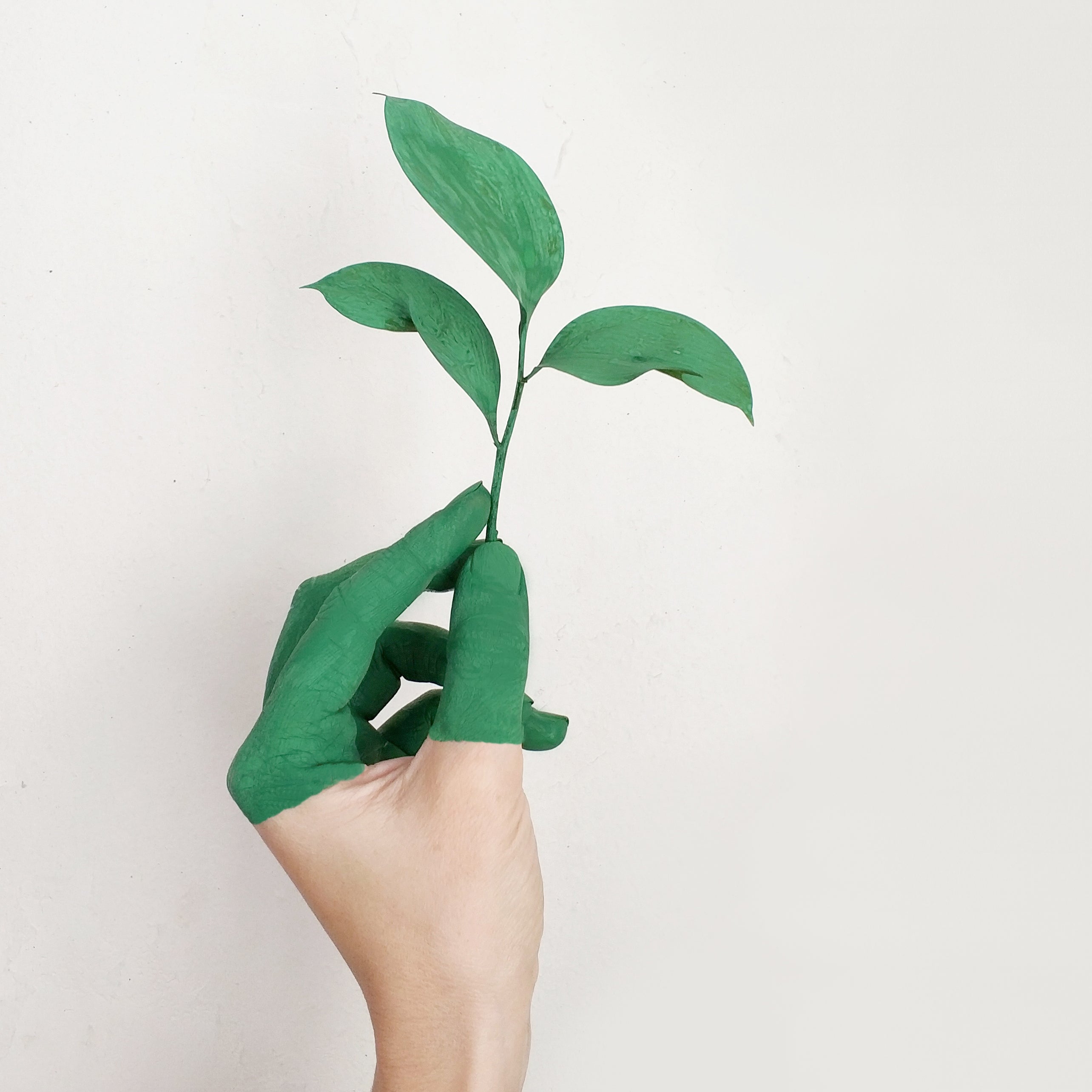Gandhi’s Khadi movement – uniting people, fashion and freedom

This October 2nd marks the birthday of the wonderful Mahatma Gandhi. Born in 1869, Gandhi achieved many great things in his lifetime, famously freeing India from British rule through peaceful protests and inspirational movements that united the nation.
To people across the globe, Gandhi has become an icon of peace, inclusivity and sustainability, thanks to his revolutionary attitude that led India and its people to economic freedom and independence. To this day, Gandhi’s wisdom and perspective still resonates with those of us who choose to hear and act on the lessons he taught.
One of Gandhi’s most amazing achievements that resonates deeply with us at Vino Supraja is his Khadi movement. It is a movement that continues to live on in Indian culture and will forever connect fashion with freedom in its truest form.
 . Image courtesy - Sabrang India
. Image courtesy - Sabrang India
What was the Khadi movement?
Khadi means handspun and handwoven cloth, but unlike your average cloth, Khadi holds a very special place in India’s history of freedom and independence.
In 1918, Mahatma Gandhi used Khadi cloth as a key part of the Swadeshi Movement, a movement designed to boycott the use of imported products and materials. Doing this would help to lift India out of poverty by creating industry and jobs locally. It would also free India from its reliance on expensive, imported goods which were being into the country from Britain even though the raw materials originated in India.
Gandhi knew that it was crucial for the people of India to take back what was theirs, using their own produce and skills to create their own wealth. Khadi cloth became the heart of this strategy when Gandhi asked every man and woman to plant and harvest their own materials for the yarn needed to create Khadi fabric. He also asked everyone, whether rich or poor, to spend time each day spinning Khadi. This country-wide initiative helped to bring unity through shared labour. People of all classes came together to do as Gandhi asked, and their efforts helped the country in its bid to become self-sufficient. Entire villages adopted the movement, weaving their way to economic freedom through fashion.
Image courtesy - First Post
“There is no beauty in the finest cloth if it makes hunger and unhappiness.” – Mahatma Gandhi
Khadi cloth and sustainability
Gandhi was extremely conscious of sustainability and our carbon footprint. A forward-thinking man, he realised well ahead of his time that protecting the planet meant acting responsibly.
“Earth provides enough to satisfy every man's need but not any man's greed.” – Mahatma Gandhi
Khadi was a perfect textile for sustainable manufacturing so its no wonder that Gandhi harnessed its power as part of the revolution. Handwoven by people in rural villages across India using natural, biodegradable fibres, Khadi is traditionally made from cotton. Other natural fibres such as silks and wools can also be used. Whatever the fibre, there are no factories, machines or emissions involved in the spinning and weaving stages, just pure people-power and skill. The resulting fabric is a comfortable and versatile textile which is warm in winter and cool in summer.
Khadi still has a very low carbon footprint and its continued production marks the survival of an important part of India’s culture and history. In fact, Khadi cloth is so deeply rooted in India’s identity that it is used in the making of the country’s national flags.
Trivia: the Khadi spinning wheel, known in India as the “Charkha” actually featured on India’s first flag before it was replaced with the Ashoka Chakra.
Gandhi’s fashion choices
When we think of Gandhi, we typically recall images of him wearing a white loin cloth (dhoti) and draped in a white shawl. But do you know the reason for his famous fashion choice?
 Image courtesy - thinkright.me
Image courtesy - thinkright.me
It was all part of Gandhi’s efforts to unite people from all walks of life. As a leader himself, he felt that he could not truly connect with his poorer brothers if he wore clothes that discriminated against them.
When Gandhi was headed to London to meet the British king, a journalist asked him ‘Would you change your attire before going to meet the British emperor?’ Gandhi replied ‘No, it would be disrespectful to meet him in any other dress because such dress would be inappropriate for me.’
After the meeting Gandhi was also asked if he felt ashamed to stand in front of the King in his simple dress. His response was, ‘Why should I feel ashamed? The Emperor was wearing enough clothes for the both of us.’
“If we have the khadi spirit in us, we would surround ourselves with simplicity in every walk of life.” - Mahatma Gandhi
Follow us on Facebook and Instagram to stay up to date with the latest in sustainable fashion and ethical fashion from the UAE. We love to hear from you!



